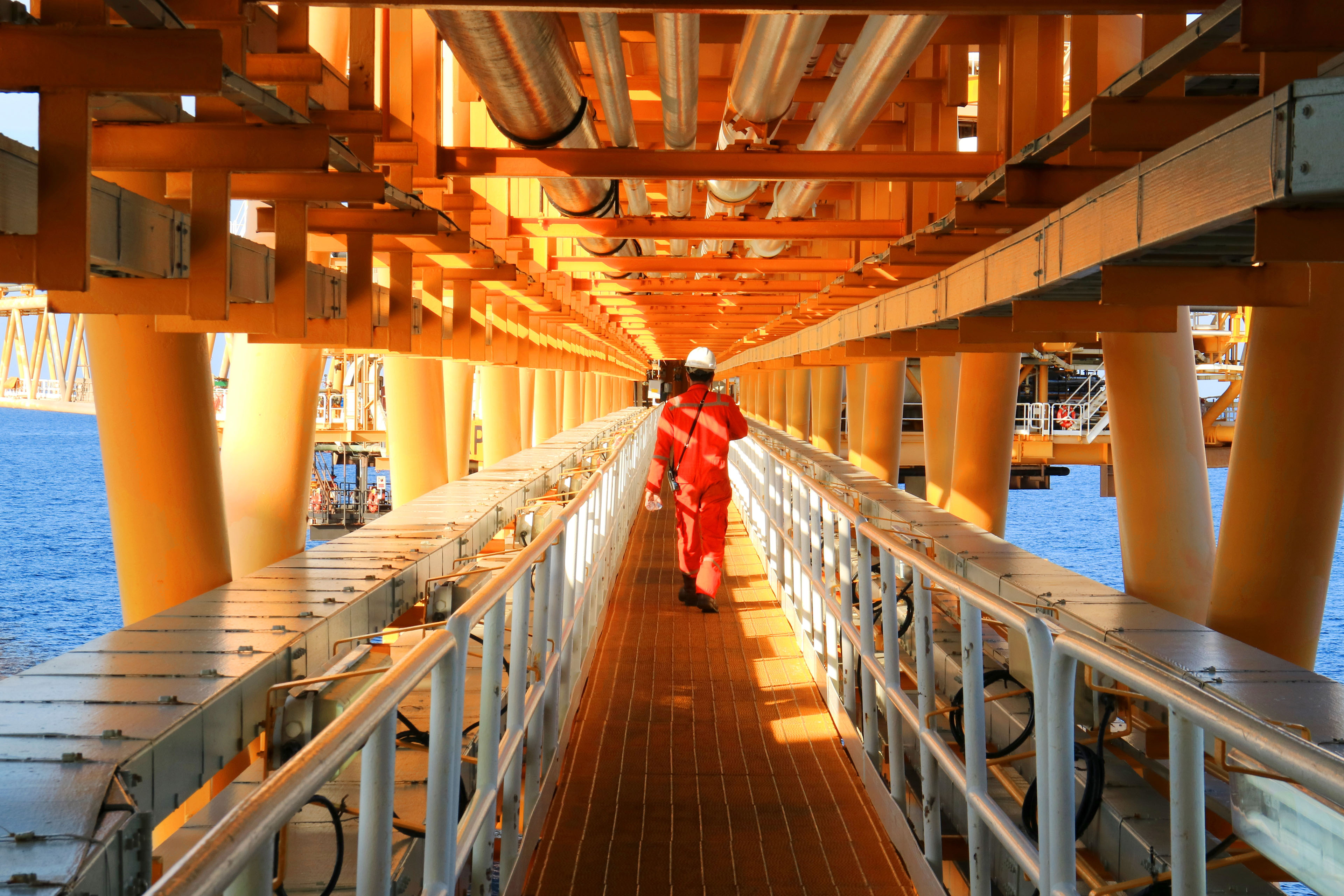EY refers to the global organization, and may refer to one or more, of the member firms of Ernst & Young Global Limited, each of which is a separate legal entity. Ernst & Young Global Limited, a UK company limited by guarantee, does not provide services to clients.

By leveraging the power of people, process and technology, energy companies can differentiate their products and drive profitability.
In brief
- Decarbonization is difficult, yet essential, to the resiliency and competitiveness of the oil and gas sector.
- Offshore production offers unique advantages that help oil and gas companies meet their climate goals.
- Trusted data, modernized lifecycle assessments, and digital ledgers are three key tools for decision-makers, operational efficiency.
Contributor: Elena Anderson, Senior Manager, Climate Change and Sustainability Services, Ernst & Young LLP
Decarbonization is essential for the viability, resilience and competitiveness of oil and gas companies in a rapidly evolving energy landscape. In this new reality, there are three inconvenient truths: decarbonization is challenging; decarbonization must happen faster; and decarbonization must balance access to energy production, energy affordability and climate targets.
Market dynamics surrounding decarbonization are leading to further differentiation of oil and gas products not just on a cost basis but on a modified cost basis that accounts for embedded carbon. Some counterparties are already willing to pay a premium above the cost of carbon for differentiated products. This trend will only increase in value as pressure builds to meet ambitious climate targets. Currently, depth of market for these types of differentiated products makes it difficult to scale, but as additional regulations and carbon taxes come online, an additional depth of market is expected to emerge.
To create value from emissions, companies need to be able to go beyond annual sustainability reporting and traditional lifecycle assessments (which have historically been scientific studies based on snapshots of a moment in time or mean case) or even carbon reporting with external scopes 1 and 2 assurance. Instead, companies will need to be able to quantify, attribute and contextualize emissions on an asset, project or rig basis. This data will enable real-time identification of areas of improvement and operational intervention.
Offshore oil and gas production has innate advantages and disadvantages from a carbon emissions and climate change perspective. Offshore production is more vulnerable to extreme weather events that can damage or destroy infrastructure, leading to either spills or gas releases. Due to the distance from the shoreline, these can take longer to mitigate and result in overall higher carbon impacts as compared to emission events onshore. However, offshore production assets can help companies meet their ambitious climate targets as they offer:
To capitalize on the advantages, companies must take the following steps to obtain sufficiently granular data to support operational decision-making around decarbonization:
- Implement a modern data capture infrastructure providing near real-time access to data across many functions.
- Store information in a carbon ledger — a digitally enabled tool that facilitates emissions aggregation, analysis, attribution and reporting — along the carbon value chain. When combined with data capture infrastructure and cross-functional processes, the carbon ledger enables companies to calculate, with confidence, the actual emissions of a specific drilling rig or floating production storage and offloading (FPSO).
- Keep people at the center of all emissions efforts — corporate, commercial or otherwise. Field operations teams are central to driving down year-over-year emissions. Their focus on emissions reduction and decarbonization will also help drive cost reduction and operational efficiency.
This article was originally published in the 2023 Executive Perspectives Special Report of Offshore magazine.
Summary
By capturing the appropriate carbon, operational and production data, oil and gas companies can ultimately identify areas to improve environmental performance, safety, efficiency, scale and operational effectiveness, all of which will drive profitability.
Related articles
If energy transition is an evolution, how does oil and gas proceed?
The findings in our annual US E&P Benchmarking Study reveal 3 industry behaviors that could affect the future of oil in the energy transition.
How can energy companies create carbon transparency?
Accurate emissions data capture is crucial for building carbon transparency and winning stakeholders’ trust. A digital carbon ledger might help. Read more about it here.
How a digital ledger helped one plastics company champion circularity
Building trust and transparency with customers starts with an irrefutable sustainability certificate. Learn more






